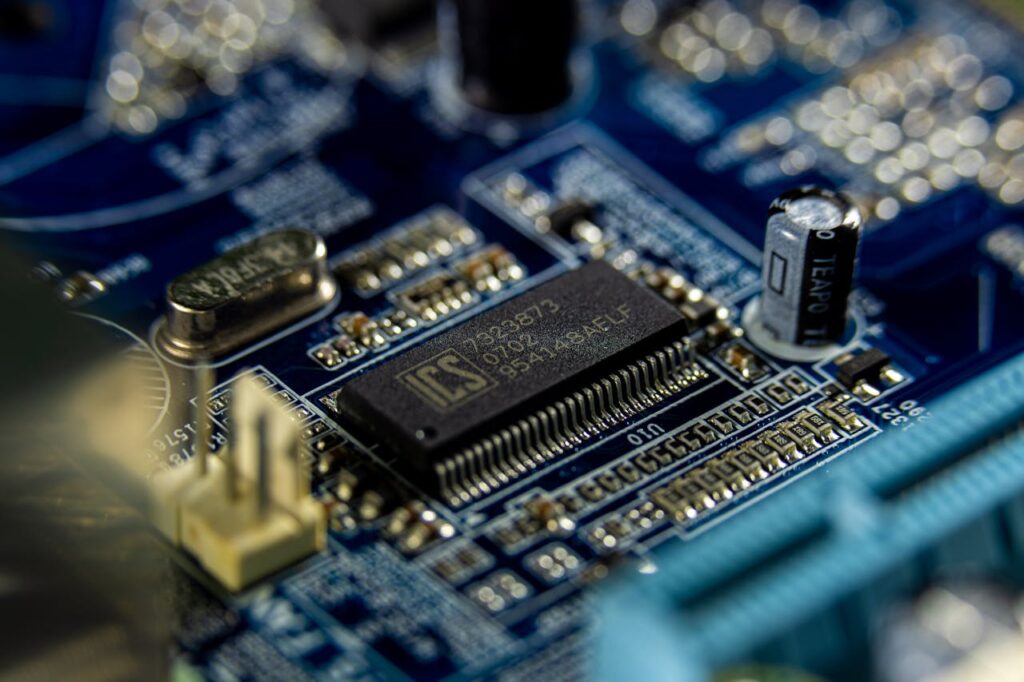Semiconductor design in Mexico will begin in 2025, according to Marcelo Ebrard, Secretary of Economy.
He commented: «The news is that semiconductor design will begin in Mexico this year, here in Puebla. This is commendable, important, and a change. In English, they call it a breakthrough; in Spanish, we would say it is a historic change. Sometimes this term has been overused. But to say that semiconductors will be designed in Mexico is a huge change.»
Ebrard said these words at the end of the event to sign the Agreement on the Economic Development Hub for the Welfare of Puebla last Saturday.
Semiconductor design in Mexico
Semiconductors, also called microelectronic chips or integrated circuits, are essential components in modern electronic equipment. They act as fundamental building blocks for processing, amplifying, and distributing signals and power.
These devices combine multiple transistors into complete circuits. They perform various functions: managing data, interacting with other devices, reducing noise, and improving signal resolution. Their versatility makes them indispensable in today’s technology.
On February 6, 2025, Mexican President Claudia Sheinbaum announced the creation of the Kutsari National Semiconductor Design Center. There, scientists from public universities will develop new chip designs, driving national technological innovation.
Plan Mexico
Sheinbaum reported that the headquarters of the “Kutsari” Semiconductor Design Center—which means “sand” in Purépecha—will be in Puebla, Jalisco, and Sonora, integrating into the Sonora Plan for regional technological development.
The centers will be coordinated by INAOE and CINVESTAV, with participation from UNAM and IPN. This collaboration seeks to consolidate national capabilities in semiconductor research and development.
Semiconductors are tiny electronic devices, based mainly on silicon or germanium. Each chip contains billions of components capable of processing, storing, detecting, and transferring data or signals.
There are different types of chips: logic, memory, analog, optoelectronic, sensor, and discrete. Each requires specialized design and manufacturing processes tailored to specific functions.
Since the invention of the transistor in 1948, advances in semiconductor design and processes have led to smaller, more complex, and more reliable devices with a lower cost per function, driving global technological innovation.

